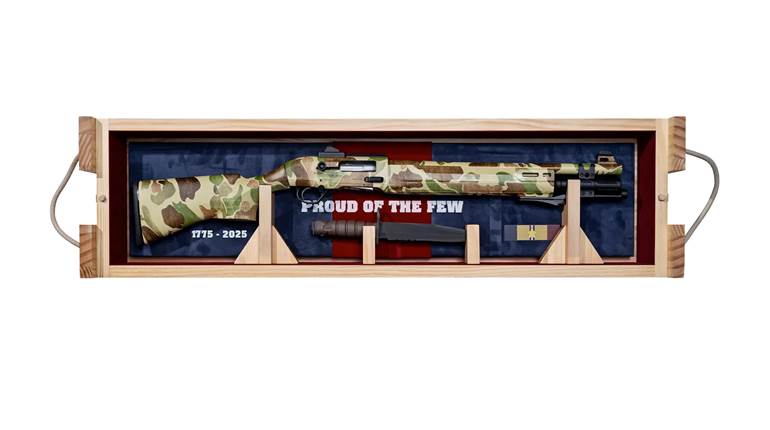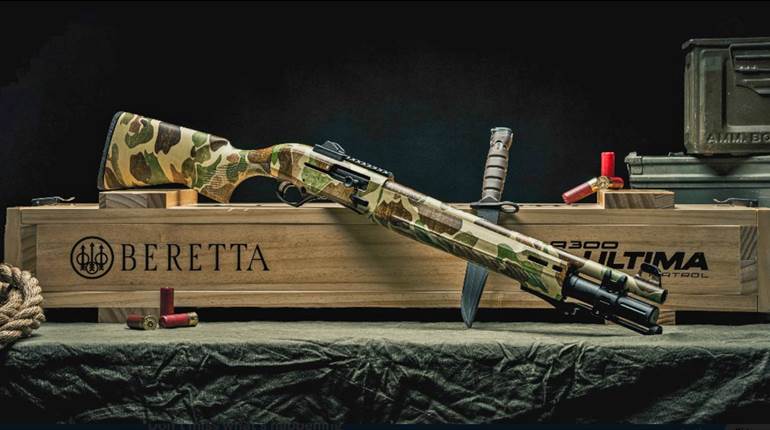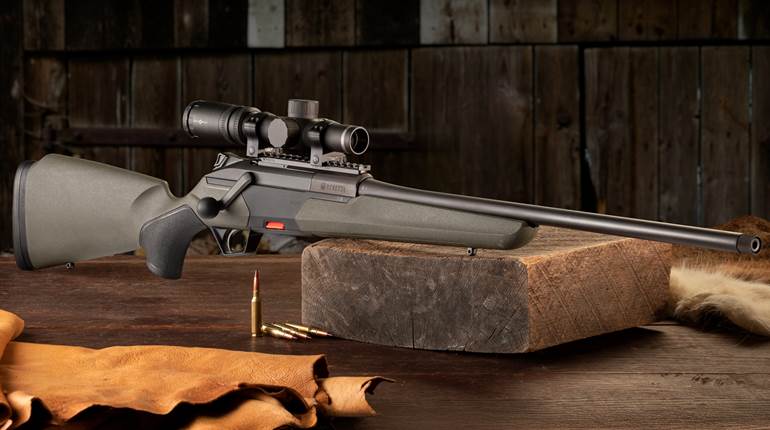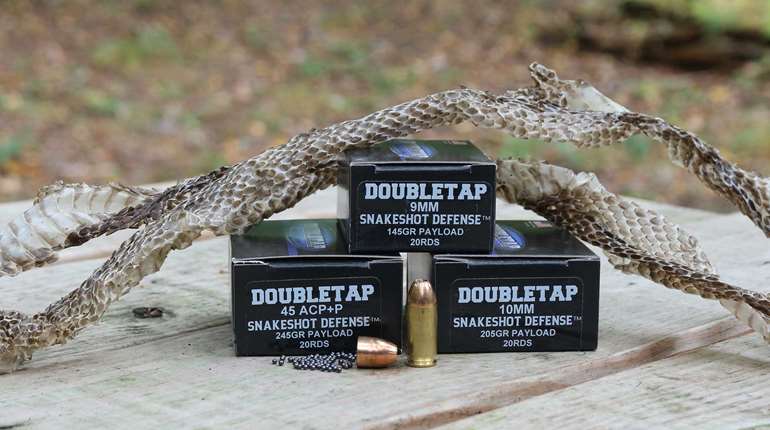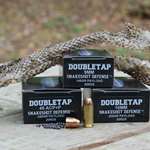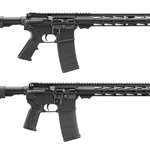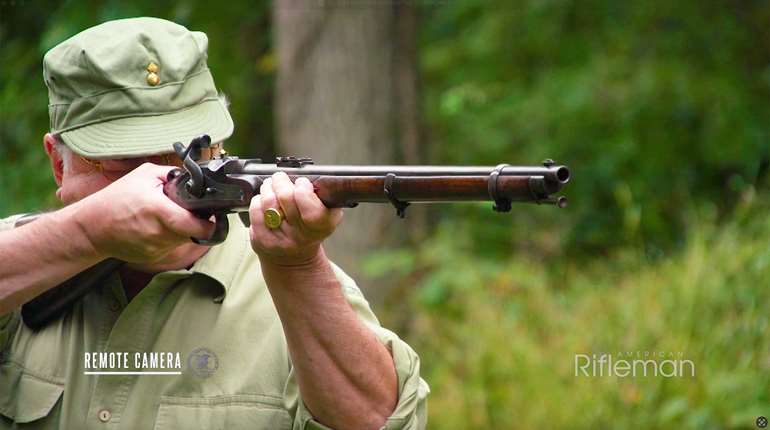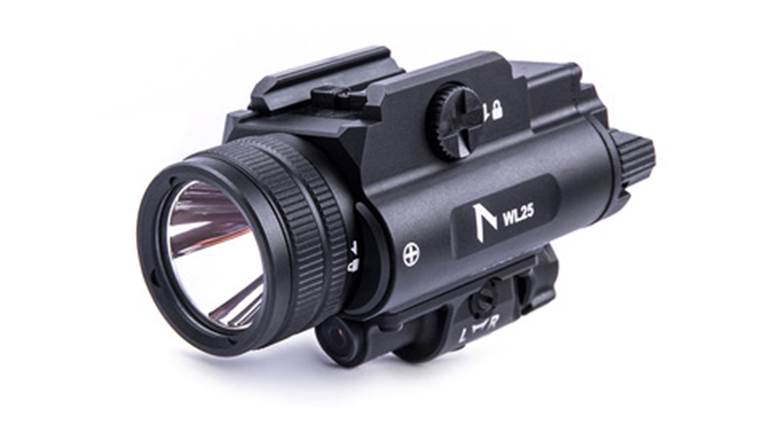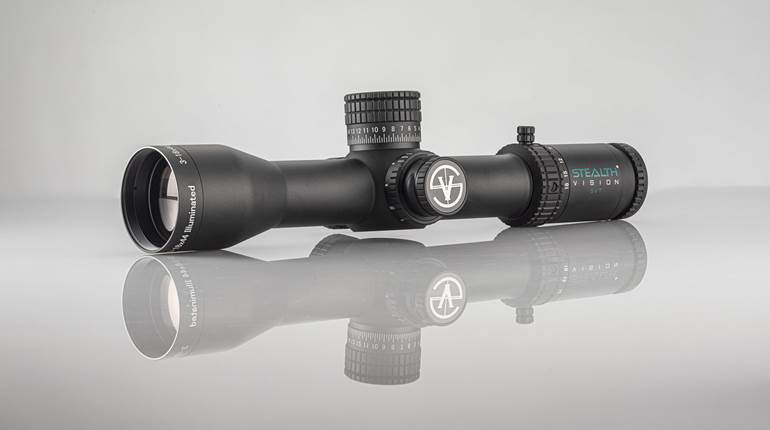
One must remember that the United States Army studies everything. Odds are, if you dig deep enough you will find a war plan for the invasion of Canada. Not a likely occurrence.
There have been stories flying around that the U.S. military will be soon adopting a new service handgun. Anyone with any familiarity with U.S. military—let alone U.S. military procurement—knows that nothing happens quickly. This is just a beginning of a very long process. One that could last three or more years and may end up in 250,000 to 550,000 new handguns being procured by the U.S. military. While more likely than an invasion of Canada, it is not happening this week. The Army seems to be mostly happy with M9, and keeps buying more of them.
At the end of July, the U.S. Army had an “Industry Day” for makers of handguns, basically telling potential vendors what they are looking for. A Request for Information (RFI) went out in January 2013 for a new Modular Handgun System (MHS), and then an article in Military Times in early July had the entire firearm industry as well as members of the military establishment in an uproar. The Army, leading the way for the U.S. Air Force, is looking for a Commercial-Off-The-Shelf (COTS) handgun that will eventually replace the M9 as manufactured by Beretta. This has been in the works off and on since 2008, picking up where the failed Joint Combat Pistol (JCP) program left off.
According to the RFI, some things the MHS needs to do are: fit more soldiers’ hands (90 percent of them); hit a 4”-target at 50 meters 90 percent of the time; be Flat Dark Earth; have a threaded muzzle for a suppressor; have a rail that allows lights and lasers; have a 35,000-round service life; and have 10,000 mean rounds between failures.
The M9 has been criticized principally for its chambering, which is 9x19 mm NATO. Complaints about the lack of stopping power of the NATO ball cartridge are not terribly surprising. While handgun bullets today are very, very good when engineered for defensive purposes, those are not the rounds typically issued to soldiers. Ball ammunition—not defensive hollow-points—are what soldiers use. To expect FMJ rounds to perform as well as modern defensive handgun ammunition when it comes to stopping power is an unreasonable expectation.
When you look at the Army’s RFI there is not a caliber specified for handguns entering the trials. The Army wants the best tool for the job, and it may not be in 9 mm, which raises issues with NATO standardization. Makers were asked to submit “white papers” on potential chamberings, which may open the door for cartridges like .357 SIG, .40 S&W and .45 ACP.
The other main area of criticism is the size of the M9 pistol. The M9 was designed and adopted as a full-size service pistol. That size is a factor of its magazine capacity. The M9 holds 15 rounds of 9 mm ammunition in a double-stack magazine. It is a matter of simple physics to know that an aluminum-framed handgun that has to contain 15 rounds of ammunition must be a certain size.
You have to understand that the M9 is based on the platform the dates to the 1970s. The gun was adopted by the U.S. military about 30 years ago. Much has occurred in terms of pistol design over the intervening 30 years. It's not that there has been a monumental leap in firearm design itself but rather in construction and accessories. The M9A1 adopted by the Marine Corps in 2006 added a Picatinny rail to the dust cover, which helped add accessories to the Beretta. Since the adoption of the M9, though, handguns more and more are made of polymer. What polymer allows are changes to the grip frame. In particular, different-sized backstraps and side panels that allow more customization of the handgun to the end-user.
It would appear that some of the military users of M9 pistol have small hands. When the gun was adopted back in 1985, there were fewer female members of the U.S. military. The size of the soldiers’ hands have not changed. But the priority in having a handgun that may fit more of them perhaps has. When you look at who in the U.S. military typically uses a handgun it comes down to officers, some support personnel, troops that do not need a rifle, those encumbered with heavy weapons, Special Forces and military police. How important it is to re-equip those members of the military with the new handgun is not clear.
Are there more versatile handgun platforms available today? Yes, of course. But is there a double-action handgun that has been tested by the U.S. government on the range and in the lab and in combat as much as the M9? No.
Part of the impetus of this new RFI and the upcoming pistol trial is the age of the M9. Our nation has been at war since Sept. 11, 2001. Soldiers and other service members have been using M9s all over the world for more than a dozen years in continuous training and combat operations. Many of the guns are simply used and worn. The guns at the end of their service life cycle need to be upgraded or replaced. But by what? A new gun? A new cartridge? Or just more M9s? And, remember, new guns mean new training and new logistical issues, too.
In this time of budget cuts when soldiers are being forced out, it seems unlikely to me that U.S. government will procure the funding to replace all the handguns in U.S. military inventory. That said, it is prudent for planners to, well, have a plan. If it becomes a priority and budget becomes available the U.S. military should know what its next handgun should be. There have been similar plans and studies for upgrading or replacing the U.S. M16A2/M4 series as well. Plenty of plans, but not much action.
No doubt all of the world's major makers of handguns will participate in this upcoming trial. As well they should. The prestige of U.S. military contract is something that any maker would like to have. I encourage any trials or evaluations that result in our troops having the best tool for the job, whether it be a pistol, a rifle or a missile defense system.













